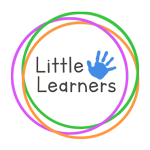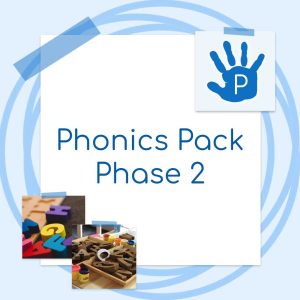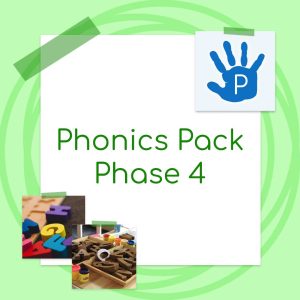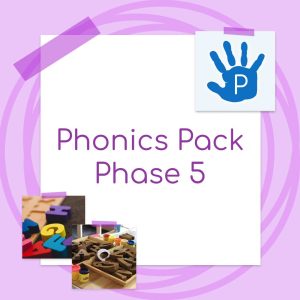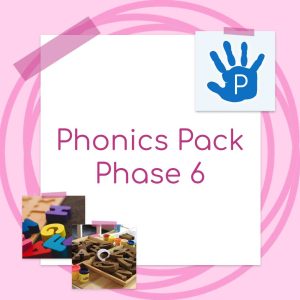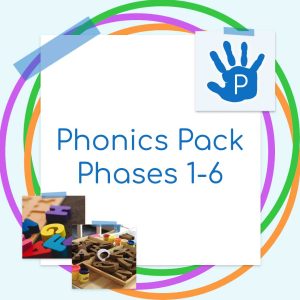There are a total of six phonics phases:
Phonics Phase One
This first phonics phase is the foundation on which we build in the following phases. In Phase 1 we focus on speaking and listening skills, so that children become more aware of the different sounds around them. This phase is broken up into seven different parts:
Aspect 1: Environmental sound discrimination
Developing an awareness and understanding of the sounds all around us, helping to improve listening skills.
Aspect 2: Instrumental sound discrimination
Developing an awareness and understanding of sounds made by noise makers and instruments.
Aspect 3: Body percussion sound discrimination
Developing an awareness and understanding of different sounds and rhythms.
Aspect 4: Rhythm and rhyme
Developing an awareness and understanding of rhythm and rhyme in speech.
Aspect 5: Alliteration
Developing an awareness of initial letter sounds in words.
Aspect 6: Voice sounds
Learning to distinguish between sounds made when speaking. Children begin to develop the skills of segmenting and blending.
Aspect 7: Oral blending and segmenting
Continuing to develop oral segmenting and blending skills.
Phonics Phase Two
This is the phase most people think of when they hear ‘Phonics’. In Phase 2, we begin to introduce letter sounds. We do not learn the sounds in alphabetical order, but rather in an order that makes it possible to form words sooner. Children will learn how to break up (segment) a word into its individual sounds (phonemes), such as ‘c-a-t’, and then how to blend the sounds together to read the whole word – ‘cat’.
Phonics Phase Three
During this phase, children are introduced to more letter sounds, including digraphs (two-letter sounds). Children will continue practising segmenting and blending in order to read new words. Children are also introduced to ‘Common Exception’ or ‘Sight’ words, which are words that cannot be decoded using phonics, such as ‘was’.
Phonics Phase Four
During this phase, no new phonemes are introduced. Children continue to practise segmenting and blending words, including words that are a little more complicated, such as ‘milk’, which includes two adjacent consonants (‘CVCC’ word). Children are introduced to more sight words at this stage.
Phonics Phase Five
During this phase, children will learn alternative graphemes (what the letter sounds look like). For example, they will have already learnt ‘oi’ as in ‘coin’, but will now learn ‘oy’ as in ‘toy’. Children are also introduced to more sight words at this stage.
Phonics Phase Six
During this phase, we focus on becoming more fluent and confident readers. Children will continue to practise the skill of decoding unfamiliar words and will also be able to spell many words phonetically.
